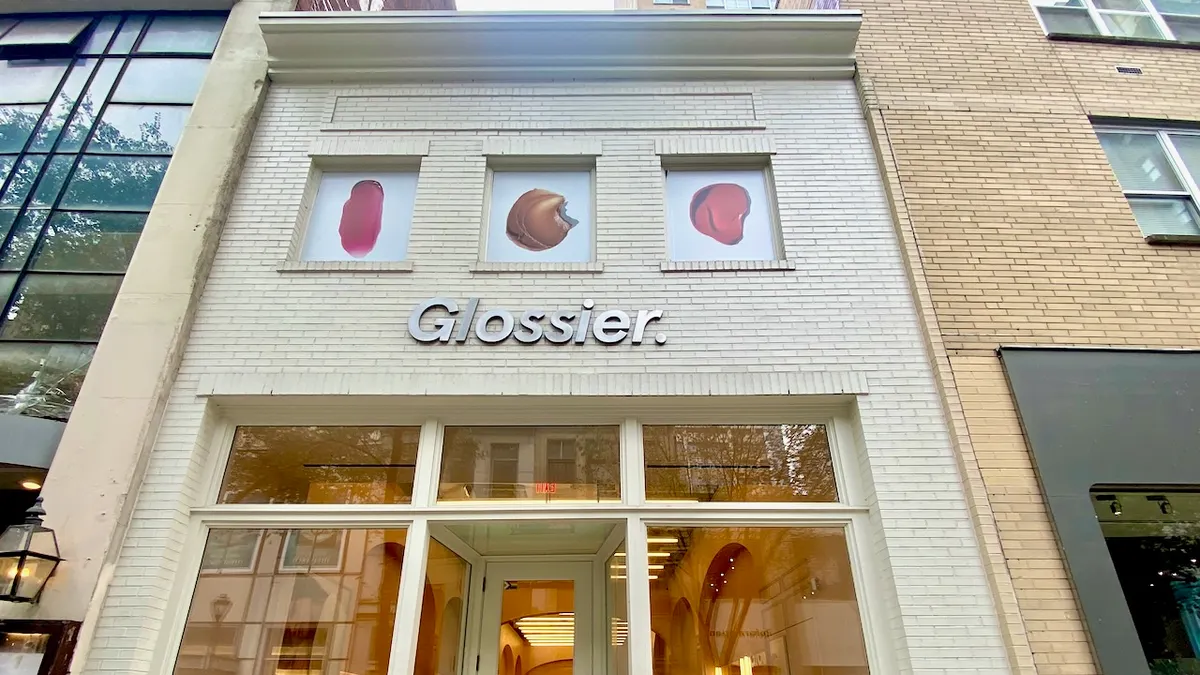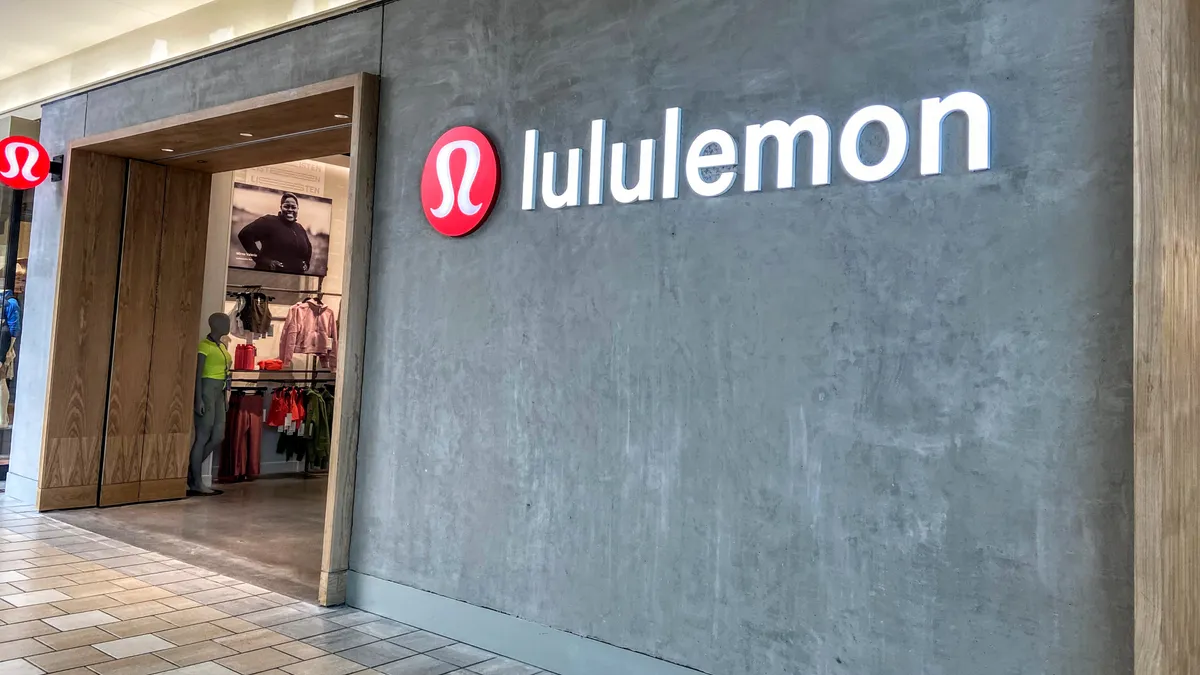Editor's note: The following is a guest post from Christopher Walton, an independent consultant and former vice president, Target Store of the Future.
Walmart released fourth quarter earnings on Feb. 20 — and the results weren’t pretty. By mid-afternoon, the company was on track for its worst point drop in history as a publicly traded company.
Walmart’s overall e-commerce sales slowed considerably in Q4 2017, increasing 23% in the quarter versus a previous increases of 50% in Q3 and 60% in Q2 of 2017. At the same time, quarterly profits sank 28% over the same period a year ago — not the correlative results anyone ever wants to see, so it was no surprise that the market responded in the manner in which it did.
I would love to say that I was surprised by the results, but I was not. I had really hoped that the industry was in a turnaround mode, with Walmart leading the way amid all its recent fanfare. But candidly, I was skeptical.
As I stated in my 10 surprising retail predictions for 2018 on Retail Dive in early December, and as I also cautioned in the Robin Report in January, there are reasons to be skeptical about retail’s outlook in 2018. There is enough evidence to pause and question just how deep and wide the chinks in our industry’s armor actually are.
From an industry perspective, digital sales are a different beast during the holidays than they are during the rest of the year. Online sales become more important from a total sales penetration standpoint, and product categories become far more price competitive too. If total comp store sales increases are not at least 3% to 5% over the prior year, then total growth, if primarily fueled via online growth, is likely expensive or even worse, ephemeral.
It looks like Walmart may have got hit on both ends — Walmart’s online growth was slower and more expensive than expected.
Not good.
We have been starting to hear leaks through published reports in the media that things at Walmart are not as they had seemed. The headline that grabbed my attention the most this past month was the report that Walmart was pushing to sell higher margin goods online to boost profits.
A retail headline like this should never be news. Every business in the world strives to improve its profit mix. Retailers telling their buyers to push for higher margin goods is the equivalent of telling them to remember to breathe when they wake up in the morning. Both go without saying.
But when we hear such a statement about Walmart, we should stop, raise an eyebrow and ask, "Why the hell is this news?" In this case, it is reasonable to think that some leaders inside the company may believe that Walmart’s newfangled online growth could indeed be becoming too expensive. If it wasn’t reasonable, then how else could we explain such a story being news?
It would not surprise me at all if leaders at Walmart are starting to question how the company will ever make up the margin degradation that its Jet-based, New Jersey online savants are starting to have on the business. Read the Wall Street analysts’ questions during Walmart’s earnings call, and you will see that they are asking the same questions too.
These questions should not be surprising either. They are expected, standard operating procedure for any legacy bricks-and-mortar company at this juncture. They are part of the script. In Act I, retailers fall in love with the drug from the needle of online growth. But then in Act II, the profit numbers start to come in and people get scared. How the leadership responds in Act III is the true test of a retailer’s mettle.
In addition to reports that Walmart is looking for higher margins, other weird headlines have begun to come out of Walmart in the past few months. In early February, Walmart announced that it had acquired a new virtual reality startup to "reimagine at home shopping" and then, in the same week, it was also rumored that Walmart was in the market for Blue Apron, a play I have gone on record as saying is a "Hail Mary" acquisition for any retailer.
Combine this recent noise with Walmart’s other acquisitions of ModCloth, Bonobos, ShoeBuy and Moosejaw, and one starts to wonder how any of this activity solves the fundamental problem that plagues all legacy retail — in the future, why will people still want to go to stores?
Sure, all these recent moves by Walmart are great for online growth, but the profit degradation that likely results from them ultimately must be compensated for by either wider margins or more traffic in stores. Both seem like difficult propositions given the continued surge of e-commerce growth nationally and the ever-growing political pressures on wages.
Ultimately, we have no idea how Walmart plans to reinvigorates stores. We haven’t seen anything substantive at this point. Walmart has admittedly moved quickly in expanding scan-and-go mobile checkout capabilities, but in no way shape or form will this initiative be enough. It is a great platform, but I cannot buy into Walmart's plans until the company starts realizing that it, like all retailers, is no longer competing on products but instead for people’s time, and therefore must begin to design next generation experiences that motivate people to get their asses off their couches.
What's next?
We are well over a year into the Marc Lore acqui-hire and we still do not know what the long-range plan is for Walmart’s in-store experience.
What does this mean?
The next six months could be bumpy. If Walmart is already reporting disappointing results coming out of the holidays, retail’s first quarter 2018 results could also be dicey. Even if retailers managed strong holidays, Walmart’s performance could be a leading indicator that the next quarter could be beef jerky tough.
It means that Amazon is even more formidable than we imagined and that the set of rules by which Amazon operates, while hamstringing to the rest of the industry, likely give Amazon even more of an unfair advantage to step on the throats of legacy retailers that much harder in 2018 and 2019. While Walmart and the industry perform their three-act play, Amazon continues to perform its one-man improv show to a different set of audience (i.e. Wall Street) expectations.
And finally, it means the Marc-las (my mash up of Doug McMillon and Marc Lore) bromance is about to be tested like it has never been tested before. Year one of any relationship is easy. Year two is when the things we used to find cute become annoying — e.g. accidental flatulence, leaving the toilet seat up, etc. — or in business terms, when return-on-investment starts to take center stage.
Despite reports this week of Lore’s potential departure, he insists he is "having a ton of fun." Expecting Lore’s exit this soon is likely premature, but we should at least expect the bromance to start going through some hardcore marriage counseling, with Walmart’s board of directors playing the role of the psychologist. More time is likely needed by both sides to understand just how much they both love, or do not love each other.
Give it another nine months to a year, and we will have a better understanding of whether the bromance is a relationship built to last, or if it is the retail equivalent of the The Bachelor, where the winners go back home and break up after realizing that their real life is nothing like the fantasy world in which they were living.
My money right now, sadly, is on the latter. I sincerely hope that I am wrong. America now, more than ever, needs Walmart to succeed, lest we all start pledging allegiance to the United States of Amazon.



















